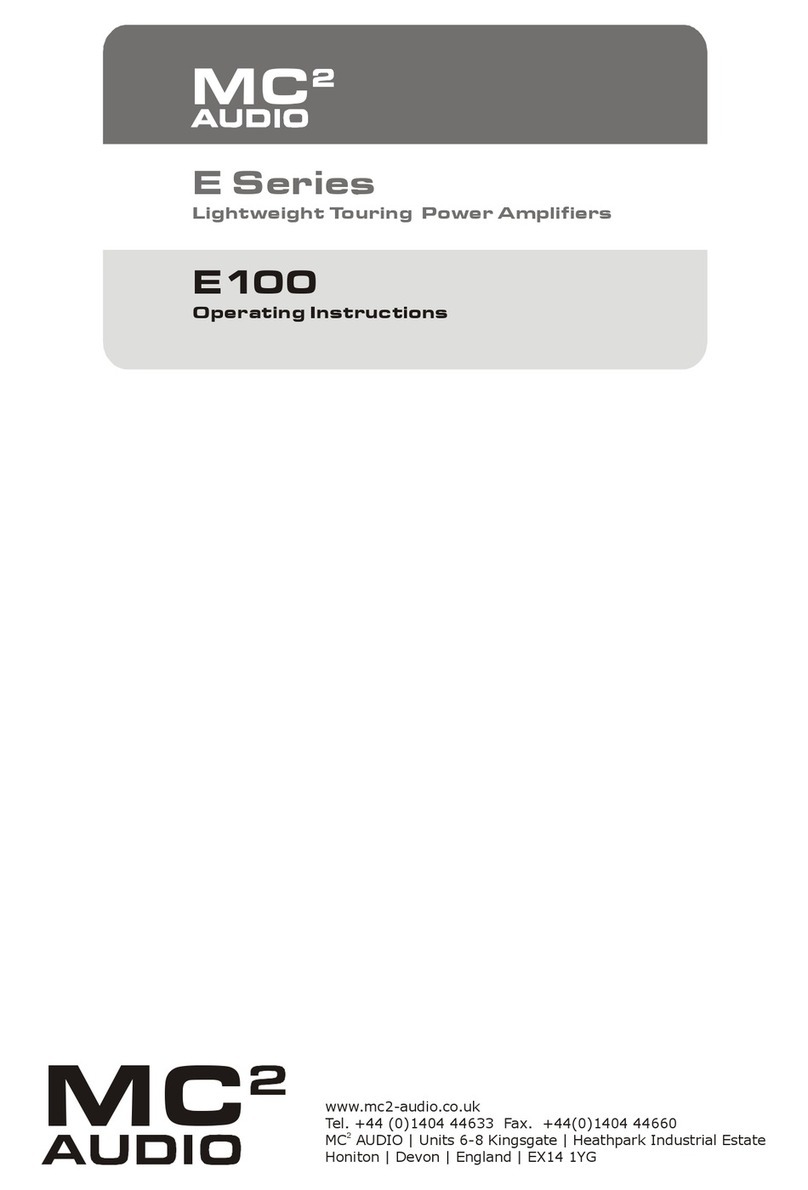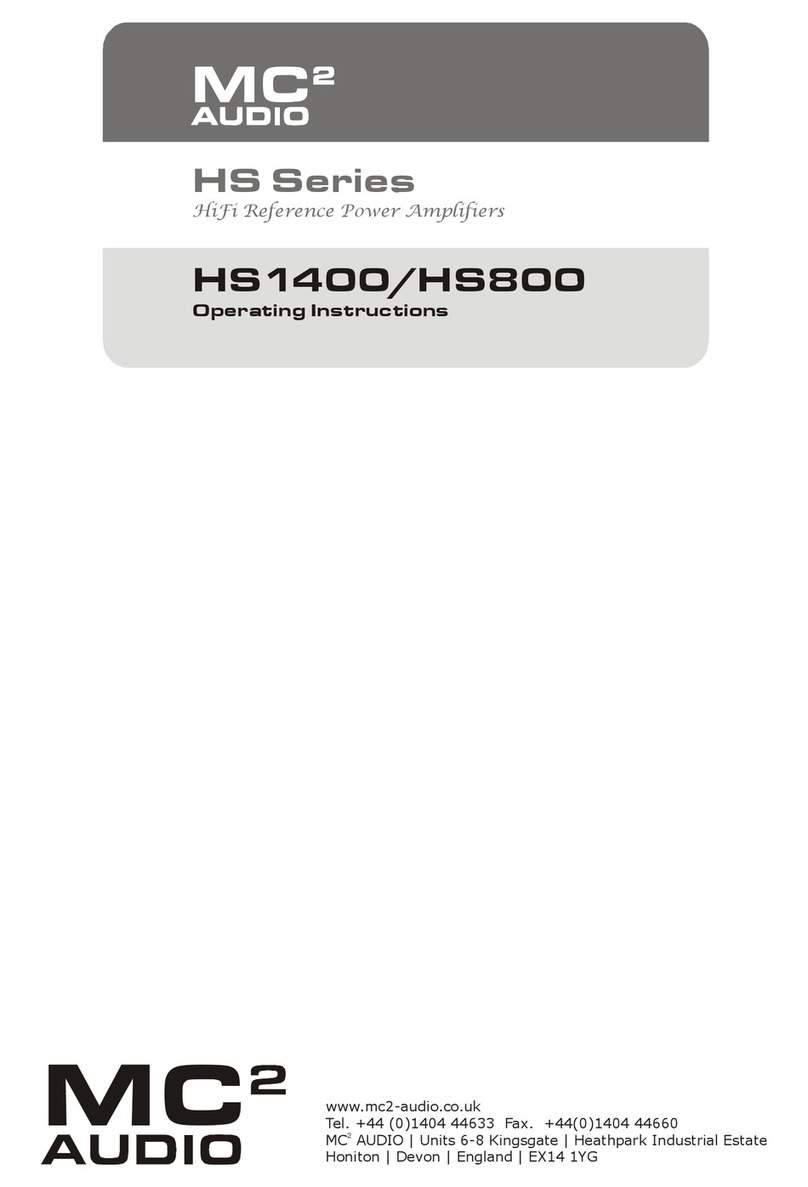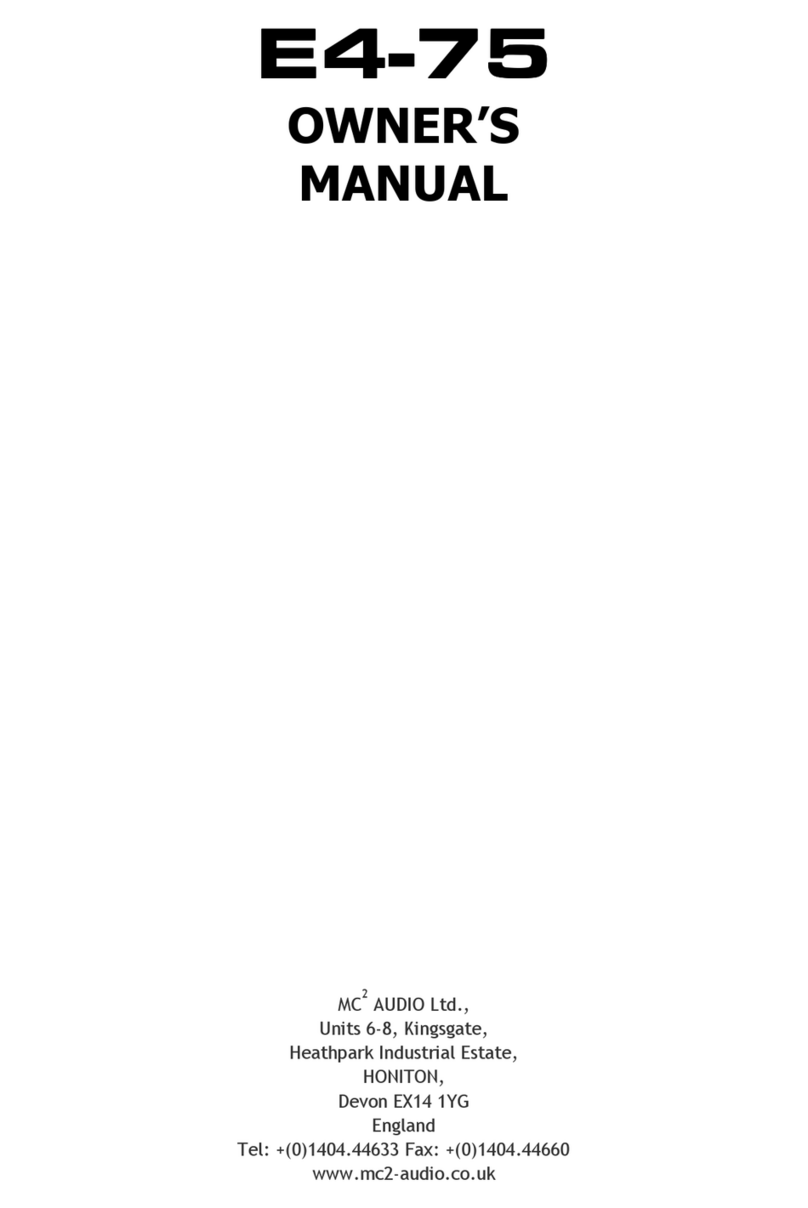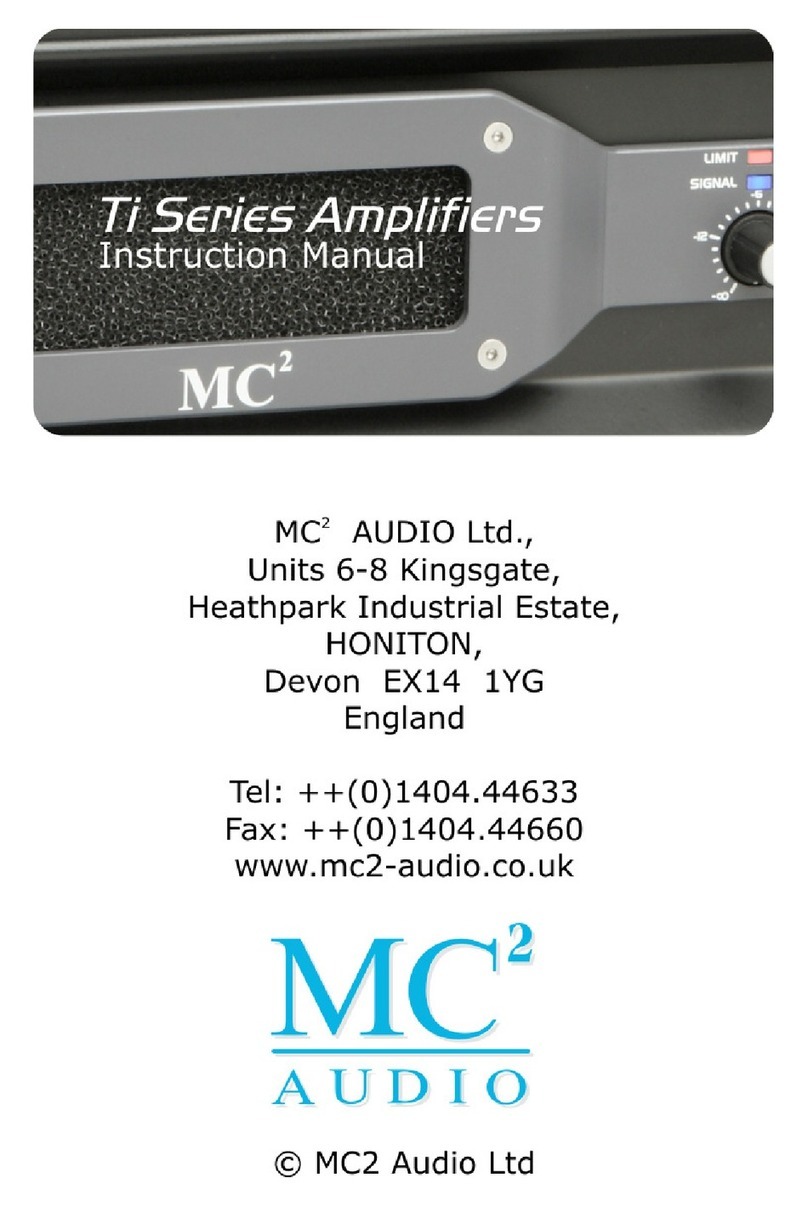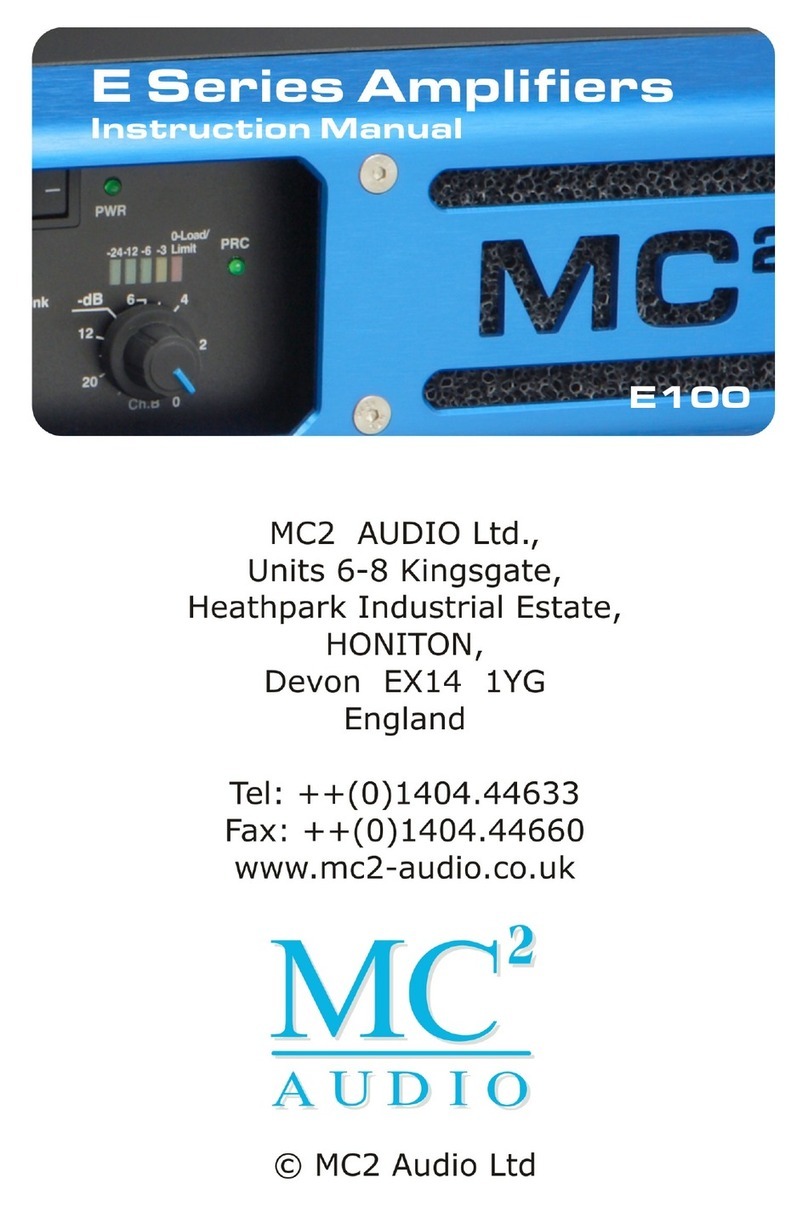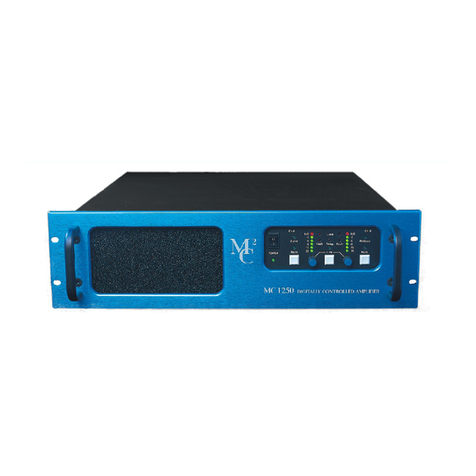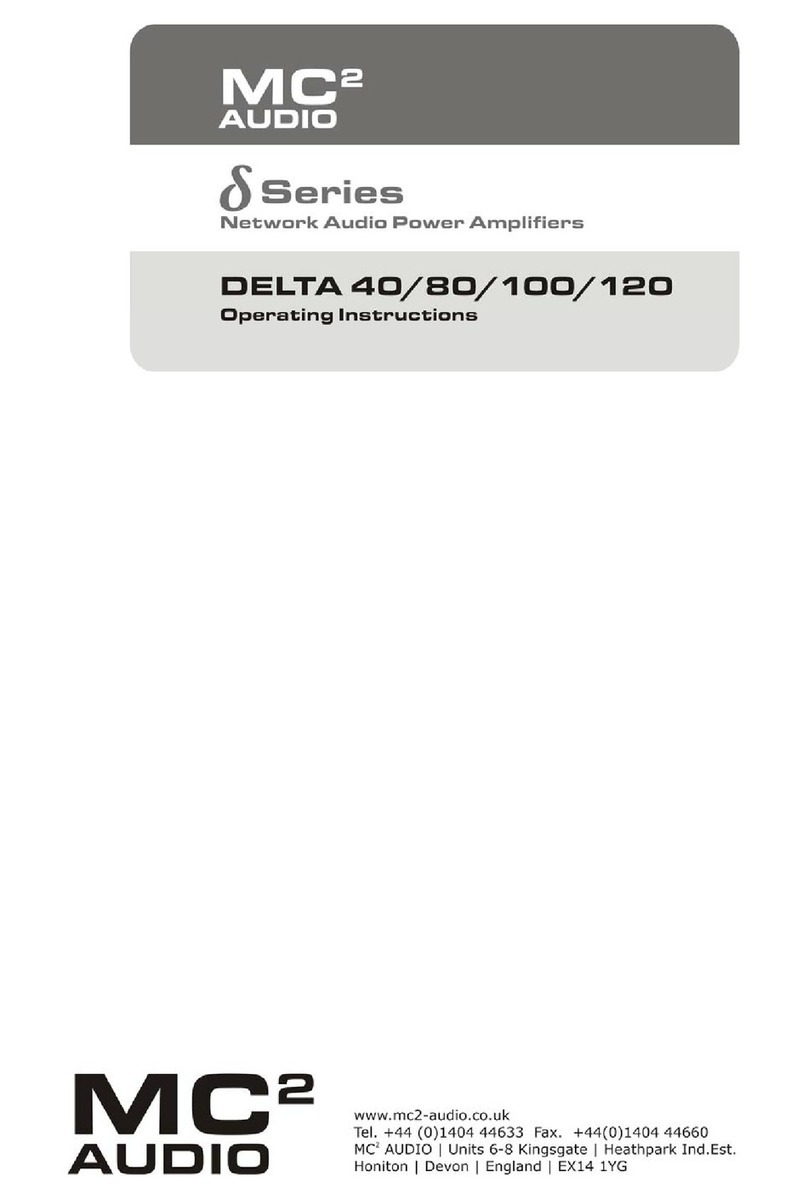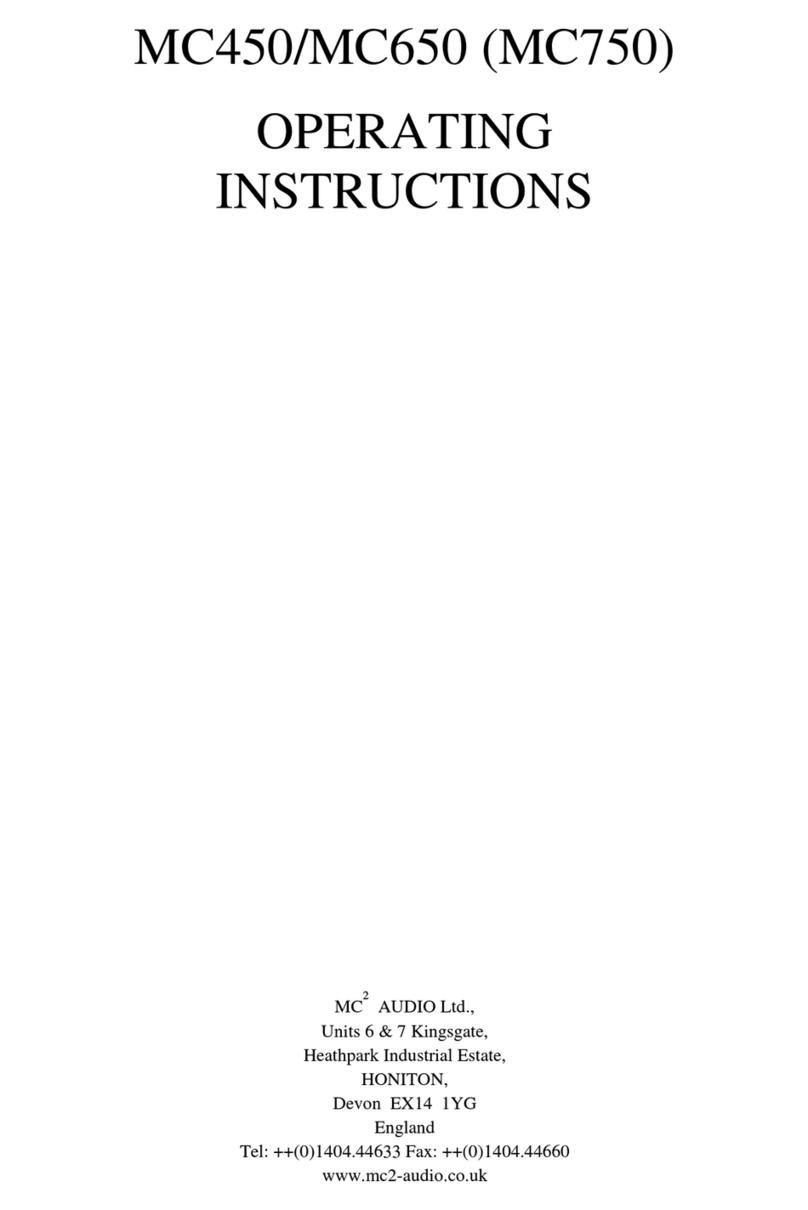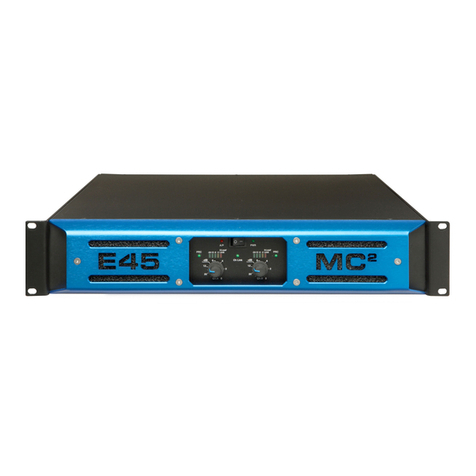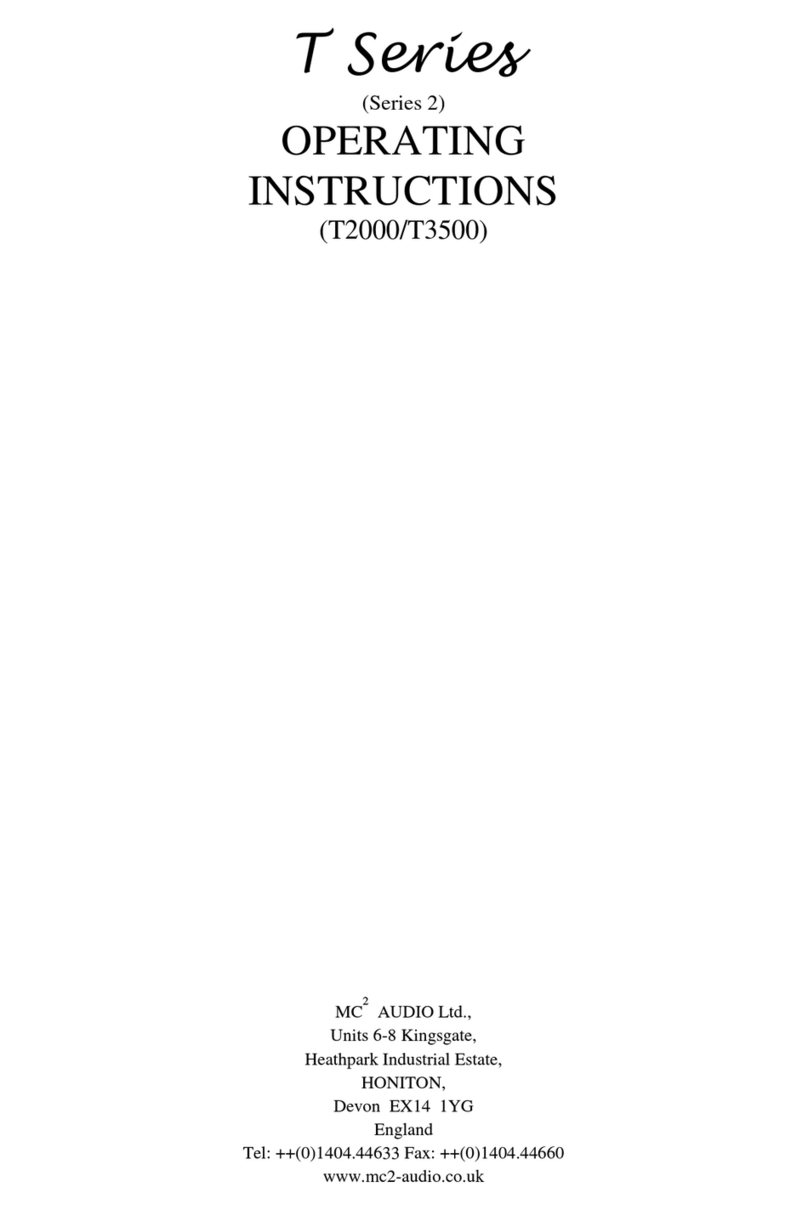
E Series – E15 & E25 Operating Instructions Page 7
INSTRUCTIONS DE SECURITE IMPORTANTES
ATTENTION: RISQUE DE CHOC ELECTRIQUE.
NE PAS OUVRIR
ATTENTION: Appareils de construction de CLASSE I doit être raccordé au réseau électrique via une prise de courant
reliée à la terre.
ATTENTION: Pour éviter toute blessure, cet appareil doit être solidement fixé à la torture, conformément aux
instructions d'installation.
Lisez ces instructions.
Gardez ces instructions.
Faites attention à tous les avertissements.
Suivez toutes les instructions.
N'utilisez pas cet appareil près de l'eau.
Faites le ménage seulement avec un tissu sec.
Ne bloquez pas d'ouvertures de ventilation, installez
conformément aux instructions du fabricant.
N'installez près d'aucunes sources de chaleur,
comme les radiateurs, les registres de chaleur, les
cuisinières ou d'autre appareil (en incluant des
amplificateurs) qui produisent la chaleur.
Protégez la corde de pouvoir d'être marché sur ou
pincé particulièrement aux prises de courant, les
réceptacles d'avantage et la pinte où ils sortent de
l'appareil.
Le disjoncteur de conduite principale restera sans
hésiter accessible.
Utilisez seulement des attachements/accessoires
spécifiés par le fabricant.
Utilisez seulement avec le chariot, le trépied, la
parenthèse ou la table spécifiée par le fabricant, ou
vendu avec l'appareil. Quand un chariot est utilisé,
utilisez la prudence en déplaçant la combinaison de
chariot/appareil pour éviter la blessure d'un bout.
Débranchez cet appareil pendant les tempêtes de
foudre ou quand neuf pendant un long terme de
temps.
Renvoyez tout l'entretien au personnel de service
qualifié. L'entretien est exigé quand l'appareil a été
nui de toute façon, comme si la corde de pouvoir
provision ou la prise de courant sont nuis, le liquide a
été déversé ou les objets sont tombés dans l'appareil,
l'appareil a été exposé pour pleuvoir ou l'humidité,
n'opère pas normalement, ou a été baissé.
N'exposez pas cet équipement au fait de tomber goutte
à goutte ou au fait d'éclabousser et garantissez
qu'aucun objet rempli des liquides, comme les vases,
n'est placé sur l'équipement.
Pour complètement débrancher cet équipement de la
conduite principale de courant alternatif, débranchez la
corde de pouvoir du disjoncteur de conduite principale.
Où l'amplificateur est monté dans un égouttoir et en
permanence raccordé à la conduite principale, alors
l'égouttoir devrait être installé avec un connecteur sans
hésiter accessible ou TOUT le disjoncteur de PÔLE avec
3 millimètres cassant des distances.
Cette unité est correspondue avec une corde de pouvoir
de 3 fils. Pour les raisons de sécurité, l'AVANCE DE
TERRE NE DEVRAIT ÊTRE DÉBRANCHÉE DANS
AUCUNE CIRCONSTANCE.
Les ventilateurs engloutissent l'air frais par le front et
soufflent l'air chaud à l'arrière de l'unité par les grils
aérants. Le front et l'arrière de l'amplificateur devraient
avoir l'exposition libre à l'air (c'est-à-dire dans un
égouttoir omettent les portes de devant et arrière), avec
le trou aérien de 2 centimètres aux côtés et au haut. Si
on NE PERMET PAS QUE D'AIR S'ÉCHAPPE DE
L'ARRIÈRE, LE FAIT DE SURCHAUFFER SE PRODUIRA.
Faites attention en montant d'autre équipement dans le
même égouttoir.
L'interrupteur principal sur les amplificateurs ne coupe
qu'un pôle de l'alimentation secteur. le cordon IEC
permettra de déconnecter l'appareil de l'alimentation
secteur, pour cette raison l'accès à ces fiches (fiche
mâle ou femelle) doit être facilités.
Pour les appareils avec un câble d'alimentation fixe
sans fiche secteur, le dispositif de coupure omnipolaire
ayant une distance d'ouverture de contact d'au moins
3mm, sera le dispositif permettant la déconnexion
complète de l'appareil.
Pour cette raison l'installation et le raccordement de
l'amplificateur devra ce faire conformément au
réglementation en vigueur.
Le symbole représentant un éclair fléché
dans un triangle équilatéral a pour but
d’alerter l’utilisateur de la présence
d’une “tension dangeruese” non isolée à
l’intérieur du boitier, pouvant être d’une
force suffisante pour constituer un risqué
d’électrocution.
Le point d’exclamation dans un triangle
équilatéral a pour but d’alerter
l’untilisateur de la présence
d’instructions importantes concernant le
fonctionnement et la maintenance, dans
la documentation qui accompagne
l’appariel.
